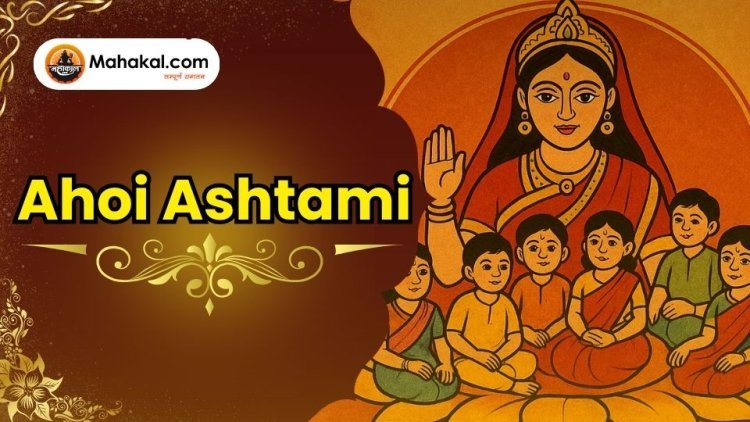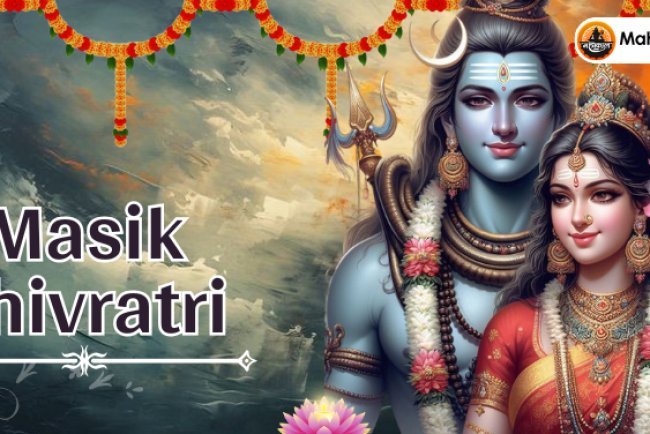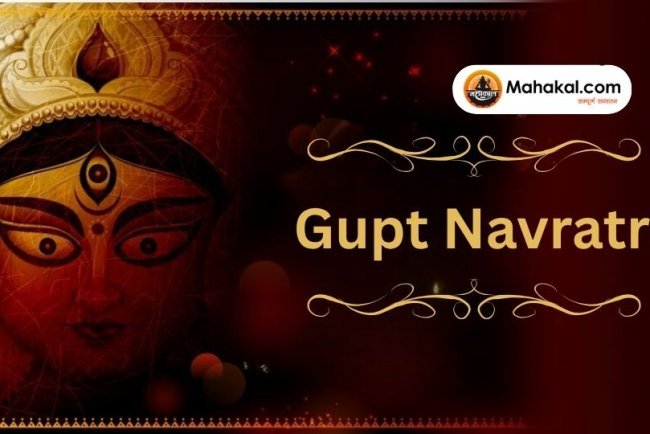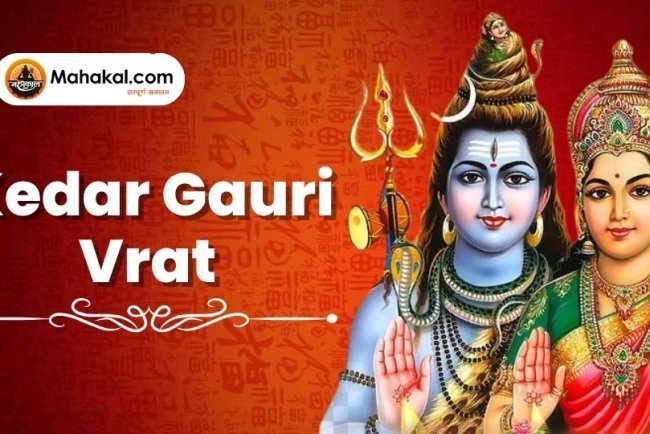Ahoi Ashtami 2025: Significance, Rituals, and Mother's Blessings
Ahoi Ashtami is a Hindu festival when mothers fast and pray to Ahoi Mata for their children's health, prosperity, and long life.

Ahoi Ashtami is a significant Hindu festival celebrated by mothers for the well-being and longevity of their children, especially in North India. Observed on the eighth day (Ashtami) of the Krishna Paksha in the month of Kartik, it is a day dedicated to maternal devotion, gratitude, and prayers for children's prosperity and long life.
Ahoi Ashtami: Significance and Story
Ahoi Ashtami centers around the veneration of Goddess Ahoi or Ahoi Mata, who is regarded as the protector of children. The festival’s legend narrates the story of a mother who, while digging soil for house repairs, accidentally harmed the offspring of a lion. This misfortune led to the loss of her own children, and through deep repentance and devotion to Goddess Ahoi, she regained her children’s well-being. This story illustrates the immense power of a mother’s love, regret, and sincere prayer, elevating the festival’s emotional and spiritual value.
Rituals and Traditions
-
Mothers observe a strict nirjala (waterless) fast from sunrise until the stars become visible in the evening, similar to the Karwa Chauth fast.
-
The vrat is undertaken for the happiness, health, and long life of children.
-
In the evening, a drawing of Ahoi Mata with her traditional symbols (sometimes including animals like cows or a lion cub) is made on a clean wall or on paper. The image features eight corners, representing Ashtami tithi.
-
Ahoi Mata is worshipped with incense, lamps, flowers, and food offerings.
-
Seven small dots or drawings representing children are placed near the image, accompanied by prayers for children's welfare.
-
The fast is broken after sighting the stars, or the moon in some traditions, by offering water and food to the deity.
Cultural and Social Importance
Ahoi Ashtami strengthens the emotional bond between mothers and their children and fosters a sense of gratitude and reflection. The festival helps preserve ancient traditions and family values while providing an opportunity for community involvement and the celebration of motherhood. In modern times, digital celebrations, virtual pujas, and the exchange of wishes also form part of the festivities, making the observance inclusive and adaptable to changing lifestyles.
Summary Table: Key Aspects of Ahoi Ashtami
Ahoi Ashtami beautifully highlights the reverence of motherhood, the power of prayer, and the social role of traditional festivals in Hindu culture.
What's Your Reaction?















